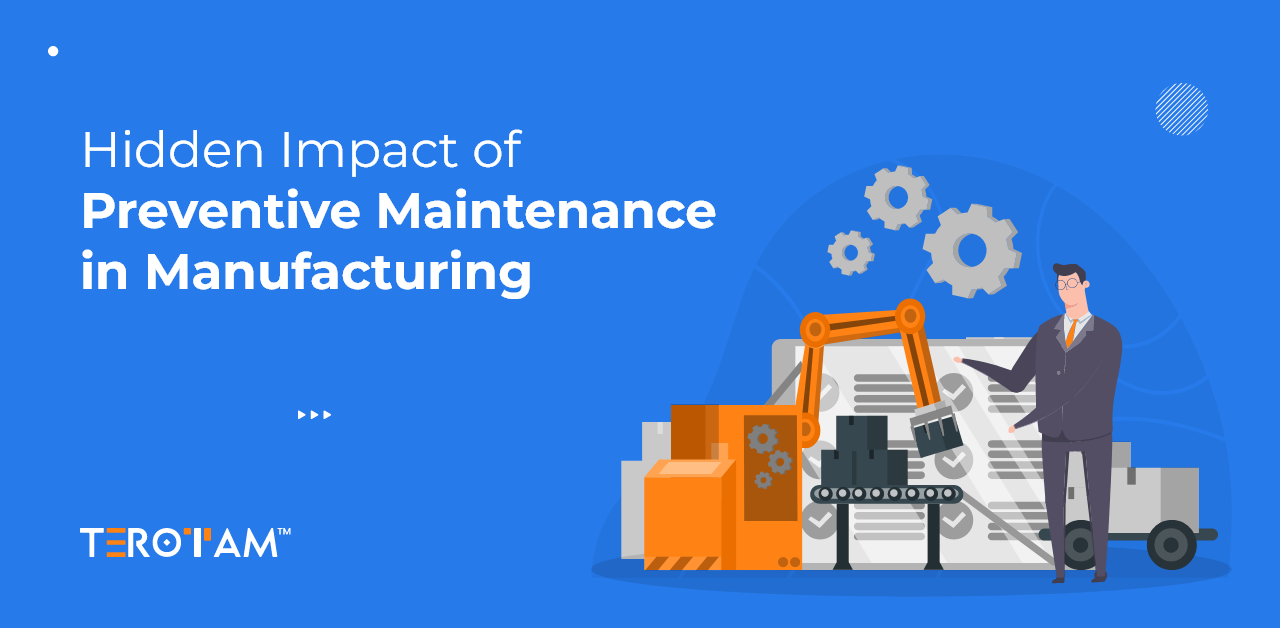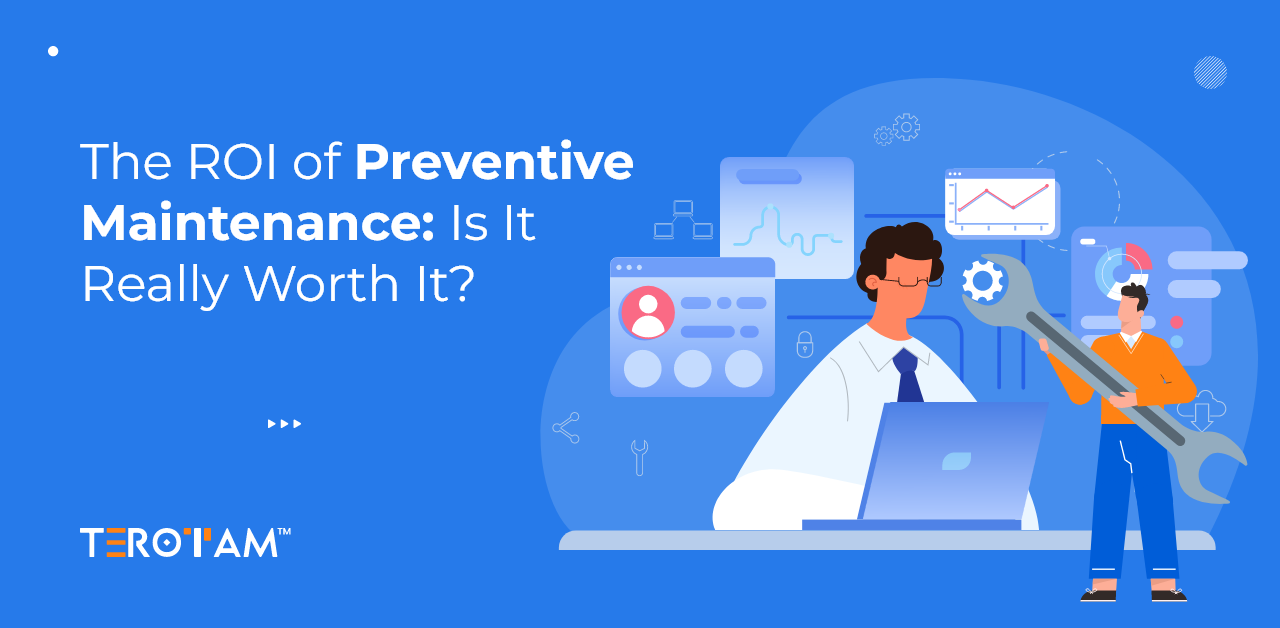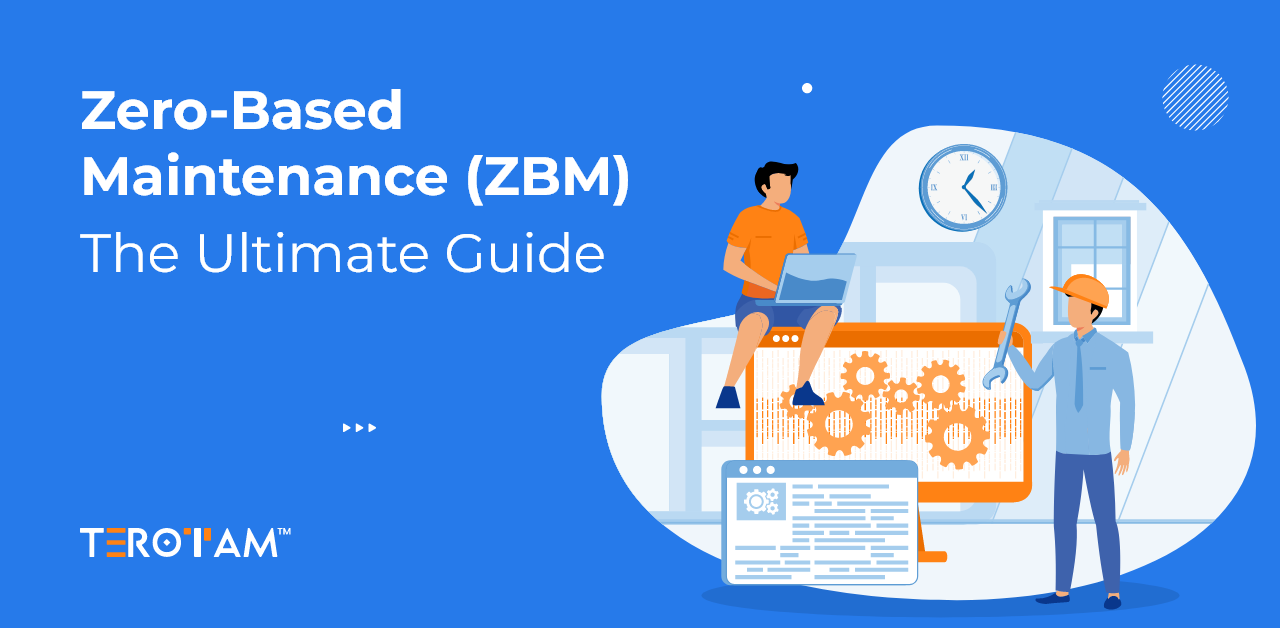In most manufacturing setups, preventive maintenance is viewed as a background routine — something done between shifts or when production schedules allow. But the real story unfolds during changeovers, where every minute counts, and every unexpected fault adds cost, delays, and pressure. The condition of your machines at the moment of transition often determines how efficiently a line can switch between product runs.
When teams neglect preventive schedules or rely solely on reactive maintenance, changeovers turn unpredictable. Sudden breakdowns, tool misalignments, and calibration issues become frequent, slowing down production and increasing waste. Preventive maintenance, when integrated thoughtfully, changes this pattern by keeping machines in a consistent, ready-to-switch state.
In this article, we’ll explore why preventive maintenance matters for changeovers, how it technically influences the transition process, the hidden advantages it creates, and the best ways to track and apply it effectively.
Why preventive maintenance matters for production changeovers?
Changeovers in manufacturing involve more than swapping tooling or cleaning lines — they demand mechanical alignment, system recalibration, and synchronization across utilities, sensors, and automation layers. Each of these stages depends on the health and accuracy of the equipment involved.
When machines are well-maintained, changeovers are smoother because the baseline operating parameters are already stable. Lubricated actuators, balanced drives, and clean sensors respond predictably to new setups. Conversely, neglected components introduce mechanical drag, signal delays, or inconsistent pressure and torque levels — all of which extend setup time and increase the number of failed trial runs.
Preventive maintenance bridges this gap by ensuring critical parts are serviced before performance drops. It reduces equipment variability between production runs, leading to faster setup, fewer test cycles, and less calibration effort. This translates directly into saved minutes, consistent product quality, and predictable throughput.
How preventive maintenance changes the dynamics of changeovers?
Changeovers are typically affected by mechanical wear, sensor drift, hydraulic lag, and contamination in pneumatic lines — issues that often remain unnoticed until equipment is restarted for a new batch. Preventive maintenance brings control to these uncertainties through systematic intervention before they affect operations.
- Tool and fixture integrity – Regular torque checks, alignment calibration, and surface inspections prevent loosened fixtures or worn coupling points. These mechanical inaccuracies often require extended fine-tuning during changeovers, so addressing them early reduces downtime.
- Control and sensor stability – Cleaning optical or proximity sensors and verifying signal thresholds prevents false triggers during setup verification. When sensors deliver stable feedback, control systems can recalibrate faster between product configurations.
- Lubrication and actuator response – Properly lubricated linear guides, gear trains, and pneumatic actuators minimize startup lag and hysteresis. It ensures that during changeover, actuators move to their positions accurately without re-homing delays.
- Hydraulic and pneumatic line reliability – Flushing and inspecting seals and filters before they degrade keeps pressure response consistent. Stable fluid dynamics eliminate minor delays in motion control systems during setup adjustments.
- Electrical and communication health – Preventive inspections of cable terminations, servo drives, and PLC I/O connections reduce noise and communication faults. A clean electrical baseline minimizes system reboots and reconfiguration errors during changeovers.
- Thermal stability – Temperature uniformity across heating or cooling components ensures smooth rebalancing when switching product specifications, reducing warm-up cycles and test scrap.
In essence, preventive maintenance prepares the production line for predictable responsiveness. Instead of wasting the first hour diagnosing drift and friction, teams start with machines that respond exactly as expected, leading to faster changeovers and higher first-pass yield.
Hidden benefits of preventive maintenance that managers often miss
The benefits of preventive maintenance go beyond reduced downtime. When its effects ripple through changeovers, they enhance process consistency, staff productivity, and overall scheduling efficiency — often in ways that are not immediately visible in reports.
- Stable process repeatability – Consistently maintained components behave predictably, so every changeover follows a similar time curve. This stability allows planners to shorten buffer times and confidently schedule tighter production slots.
- Reduced quality loss during ramp-up – Well-tuned machines hit target specifications faster after changeover. It means fewer off-spec products in the first few cycles, cutting material wastage and ensuring uniform quality from the start.
- Lower operator fatigue – A machine that performs as expected minimizes the number of manual adjustments required. Operators face fewer repetitive recalibration tasks, improving focus and reducing human error.
- Improved collaboration between maintenance and production – When maintenance logs and changeover plans are synchronized, both teams understand the machine’s state before transition, leading to better coordination and fewer finger-pointing moments.
- Higher equipment lifespan – Regular preventive actions reduce shock loads, vibration, and thermal stress, extending the life of key components that would otherwise fail during intensive changeover activity.
- Better audit readiness – Equipment history showing consistent preventive service boosts compliance during quality or safety audits, as it demonstrates proactive control of process variation.
- Data-driven planning – Continuous maintenance data tied to changeover results helps identify which machines contribute most to delays, making it easier to target upgrades or replacements strategically.
These hidden gains collectively improve operational predictability — the one factor that most directly affects how manufacturers manage delivery commitments and production costs.
Common pitfalls in preventive maintenance and how to avoid them
Even the best preventive maintenance programs can fail to deliver changeover benefits if they are poorly planned or executed. Many teams end up over-servicing low-impact parts or missing key components that actually drive performance variability.
A successful preventive maintenance strategy requires alignment between maintenance scheduling, production timing, and component risk levels. It should focus on parts that directly influence motion accuracy, alignment, or control consistency — the parameters that matter most during changeovers. Poor coordination or excessive generic tasks can lead to wasted hours, redundant work, and even avoidable wear due to overhandling.
To avoid these pitfalls, consider these checks:
- Conduct maintenance-frequency analysis based on failure history rather than calendar days.
- Align maintenance windows with scheduled changeovers to avoid double downtime.
- Train both production and maintenance teams together on changeover-critical components.
- Maintain visual tagging for tools and fixtures due for calibration.
- Use CMMS software to link maintenance history with changeover performance metrics.
- Avoid excessive part replacements that introduce new variables.
- Document lessons from each changeover to refine future preventive plans.
Key metrics to measure preventive maintenance impact
The success of preventive maintenance in improving changeovers is measurable when teams focus on the right indicators. These metrics reveal whether maintenance efforts are actually reducing transition times and variability, not just overall downtime.
Track these data points to evaluate performance:
- Changeover duration – Monitor the average time required for setup completion. A steady decline after maintenance adjustments indicates better process readiness.
- First-pass yield (FPY) – Measure the number of units produced correctly right after changeover without rework. A higher FPY signals consistent machine health.
- Changeover scrap percentage – Track scrap generated during setup validation. Preventive maintenance should lower this number over time.
- Unscheduled maintenance during changeovers – Fewer emergency interventions during product switches prove stronger preventive coverage.
- Setup verification retries – Count how many calibration or test cycles are needed before production stabilizes. Fewer retries suggest better component stability.
- Changeover variation between shifts – Reduced variance means maintenance has balanced the mechanical and electrical baselines across runs.
These metrics, when integrated with CMMS or MES systems, provide a clear feedback loop — linking maintenance actions to measurable improvements in operational performance.
Practical steps to embed preventive maintenance into changeover planning
Embedding preventive maintenance into changeover planning requires a cultural and procedural shift. It’s not an extra layer of work — it’s a synchronised process where both teams share goals and data visibility.
- Map out components whose degradation directly affects changeovers — actuators, clamps, sensors, and couplings.
- Schedule maintenance on these components just before planned product shifts to enter changeovers in optimal condition.
- Integrate maintenance tasks with the changeover checklist for seamless execution.
- Standardize post-maintenance verification steps for tool alignment and sensor calibration.
- Use a shared dashboard where production and maintenance teams can see upcoming changeovers and maintenance windows.
- Employ CMMS tools that automate reminders for components nearing wear thresholds.
- Set visual indicators (tags or dashboards) that flag machine readiness for changeover.
- Collect and analyze post-changeover performance data to refine preventive actions.
- Pilot these practices on one production line to establish measurable results before wider rollout.
Conclusion
Preventive maintenance isn’t just about keeping machines running — it defines how confidently and efficiently you can switch between production runs. When done right, it turns unpredictable changeovers into consistent, data-backed transitions that save time, reduce waste, and strengthen scheduling accuracy.
If your manufacturing floor struggles with extended changeovers, unplanned calibration issues, or inconsistent first-run quality, it’s time to relook at how preventive maintenance fits into your planning cycle. Start small, measure fast, and scale what works.
For expert guidance or software support to align preventive maintenance with production efficiency, reach out to contact@terotam.com










